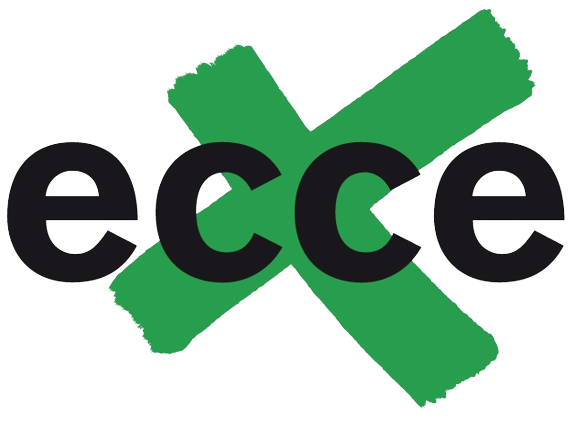What is a tiered formulary?
Under a healthcare plan, the list of covered prescription drugs is called a formulary. The formulary is usually divided into tiers or levels of coverage based on the type or usage of the medication. Each tier will have a defined out-of-pocket cost that the patient must pay before receiving the drug.
What are drug coverage tiers?
There are typically three or four tiers: Tier 1: Least expensive drug options, often generic drugs. Tier 2: Higher price generic and lower-price brand-name drugs. Tier 3: Mainly higher price brand-name drugs.
What is the purpose of tiers on a formulary?
A tiered formulary divides drugs into groups based mostly on cost. A plan’s formulary might have three, four or even five tiers. Each plan decides which drugs on its formulary go into which tiers. In general, the lowest-tier drugs are the lowest cost.
What are considered Tier 3 drugs?
Level or Tier 3: High-cost, mostly brand-name drugs that may have generic or brand-name alternatives in Levels 1 or 2. Level or Tier 4: Highest-cost, mostly brand-name drugs.
What is the difference between Tier 1 and Tier 2 insurance?
Tier 1 usually includes a select network of providers that have agreed to provide services at a lower cost for you and your covered family members. Tier 2 provides you the option to choose a provider from the larger network of contracted PPO providers, but you may pay more out-of-pocket costs.
What is a formulary exclusion list?
Some payer and provider groups say they interfere with patient access to medicines. Formulary exclusions — a decision by a PBM not to include a drug on its list of covered drugs, called a formulary — are not new, but they are increasingly in the spotlight, partly because the PBM industry is increasingly consolidated.
What drugs does Medicare Part D not cover?
Medicare does not cover:
- Drugs used to treat anorexia, weight loss, or weight gain.
- Fertility drugs.
- Drugs used for cosmetic purposes or hair growth.
- Drugs that are only for the relief of cold or cough symptoms.
- Drugs used to treat erectile dysfunction.
What are the 4 phases of Part D coverage?
Throughout the year, your prescription drug plan costs may change depending on the coverage stage you are in. If you have a Part D plan, you move through the CMS coverage stages in this order: deductible (if applicable), initial coverage, coverage gap, and catastrophic coverage.
What is a Tier 5 drug?
The prescription drug tier which consists of the higher-cost prescription drugs, most are brand-name prescription drugs, and some specialty drugs. Tier 5. The prescription drug tier which consists of the highest-cost prescription drugs, most are specialty drugs.
What is Tier 2 for health insurance?
Tier 2 provides you the option to choose a provider from the larger network of contracted PPO providers, but you may pay more out-of-pocket costs. Tier 3 includes out-of-network providers, and you will pay the most in out-of-pocket costs.
What is included on a formulary?
A formulary is a list of drugs (both generic and brand name) that are selected by your health plan as the drugs they prefer to treat certain health conditions. A drug formulary is a list of generic and brand-name prescription drugs covered by a health plan.
Why are drugs excluded formulary?
Your health insurance plan’s Pharmacy & Therapeutics Committee might exclude a drug from its drug formulary a few common reasons: The health plan wants you to use a different drug in that same therapeutic class. The drug is available over-the-counter. The drug hasn’t been approved by the U.S. FDA or is experimental.
